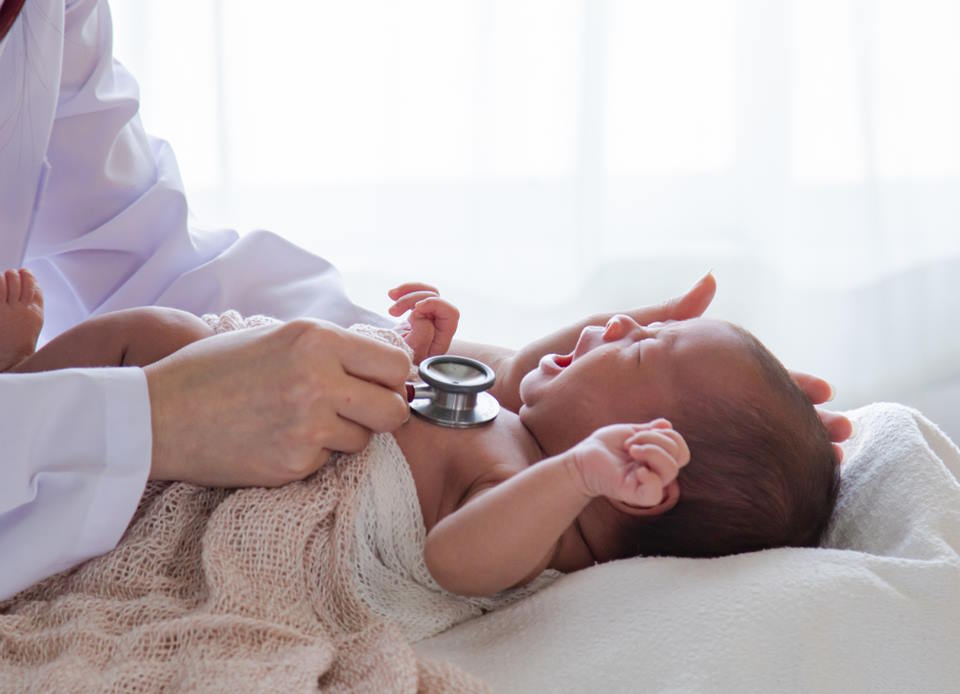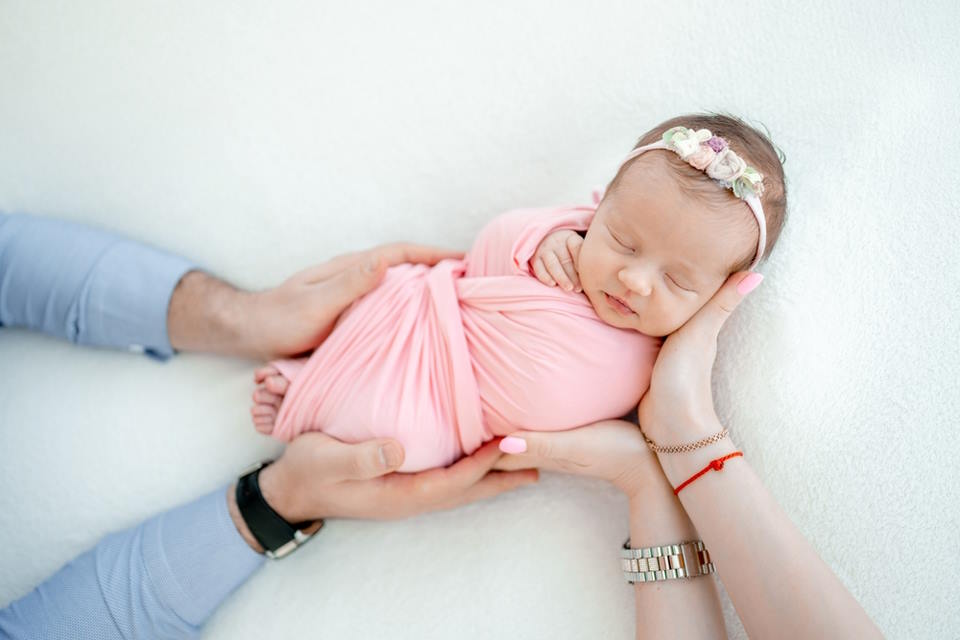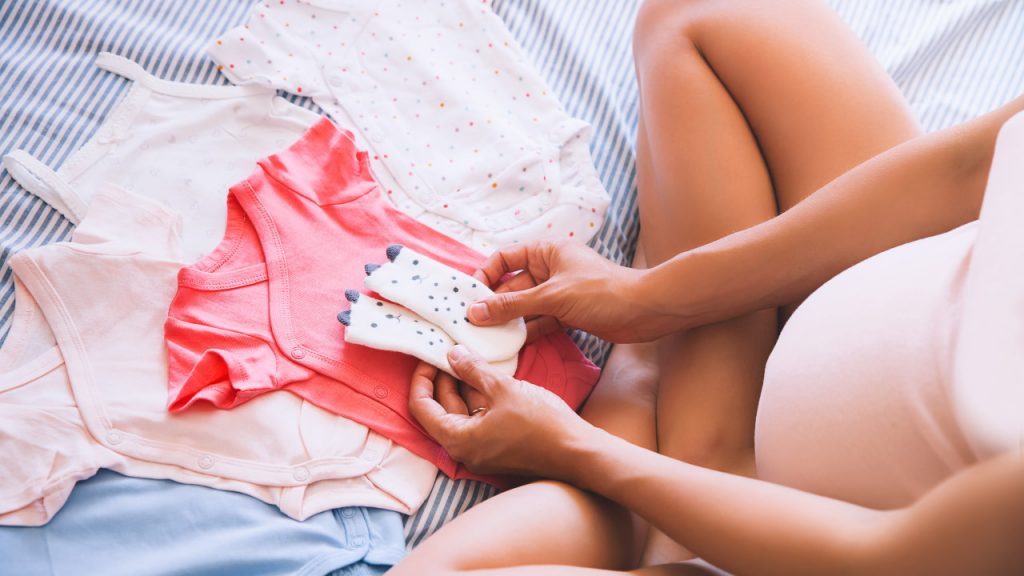How to Dress Baby With Fever at Night?
When your little one is feeling under the weather, it can be challenging to know how to dress them for bed. On the one hand, you want to keep them warm and comfortable, but on the other, you don’t want them to overheat and make their fever worse. Today, we’ll discuss some tips on how to dress baby with fever at night, so they can have a restful and comfortable sleep.
1. Light Cotton Clothing: When baby has a fever, dressing them lightly is key, and cotton is the best choice for fabrics. Opt for soft, loose-fitting cotton clothing, so that your baby can get enough airflow while they sleep. This will help regulate their body temperature and prevent overheating. Avoid using thick blankets or fleece sleepwear, which can trap heat and make your baby feel too warm.
2. Remove Socks and Hats: Socks and hats can trap heat and make your baby too warm, especially when they have a fever. Unless it’s very cold in the room, consider removing their socks and hats before putting them to bed.
3. Use A Light Swaddle Blanket: If your baby is used to sleeping with a blanket, use a light, breathable one instead of a thick, heavy blanket. Swaddle your baby in it loosely, so that air can still circulate around them. Alternatively, you could use a light sleep sack instead of a blanket.
Remember, it’s essential to monitor your baby’s temperature and adjust their clothing accordingly. If your baby has a fever, it’s vital to keep them hydrated and ensure they get plenty of rest. Consult your doctor if the fever persists or if you’re unsure how to care for your baby properly.
Should Baby Wear Pajamas With a Fever?
When your baby is running a fever, it can be stressful and worrisome for any parent. You want to make sure your child is comfortable and getting the rest they need to recover. One question that comes up often is whether or not your baby should wear pajamas when they have a fever.
The answer is yes, your baby should still wear pajamas when they have a fever. However, there are a few tips to keep in mind to ensure that your baby is comfortable and not overheating.
- Choose lightweight pajamas made from breathable fabric like cotton. Avoid heavy blankets or pajamas made from synthetic materials that can trap in heat.
- Check your baby’s temperature throughout the night and adjust their clothing accordingly. If they feel too warm, remove a layer or switch to lighter pajamas.
- Avoid overdressing or bundling up your baby in too many layers. This can cause them to sweat and become uncomfortable, making it harder for their body to regulate their temperature.
It’s also important to note that high fevers in babies can be a sign of a serious infection, so it’s always a good idea to consult with your child’s pediatrician if they have a fever.
Should I Cover My Baby With a Blanket When She Has a Fever?
If your baby is experiencing fever, you may be wondering how to dress them comfortably for sleep while minimizing any discomfort caused by the fever. One of the questions that parents often ask is whether they should cover their feverish baby with a blanket.
While the answer to this question is not straightforward, it is generally recommended to avoid covering your baby with thick blankets or multiple layers of clothing when they are experiencing fever. The reason for this is that coverings such as blankets can trap heat, which can cause your baby’s body temperature to rise even further. This can make it harder for their body to fight off the infection that is causing the fever.
If you are concerned about your baby feeling cold during the night, you can dress them in lightweight clothing that can be easily adjusted. For example, you can opt for a onesie or a lightweight sleepsuit with a zipper that allows you to easily regulate their body temperature. It is also important to ensure that the room is kept at a comfortable temperature, not too hot or cold.
How Do I Keep My Baby’s Fever Down at Night?
Fever in babies can be a cause of concern for parents. It is especially worrisome when the fever spikes at night, making it difficult for the baby to sleep properly.
1. Give your baby a lukewarm bath
Bathing your baby with lukewarm water can help lower their body temperature. Make sure the water is not too cold or too hot, but just lukewarm. You can also add a few drops of lavender oil to the bathwater for added relaxation.
2. Dress your baby appropriately
Dress your baby in light, breathable clothing, such as cotton. Avoid dressing them in heavy blankets or thick pajamas, as this can make their fever worse. You can also use a fan or air conditioning to keep the room cool, but make sure it’s not blowing directly on your baby.
3. Offer plenty of fluids
It’s important to keep your baby hydrated when they have a fever. Offer them plenty of fluids, such as breast milk, formula, or water if they are over 6 months old. You can also try giving them ice chips or frozen popsicles to help cool them down.
4. Administer medication as prescribed
If your baby’s fever is high, your pediatrician may prescribe medication to bring their temperature down. Make sure you administer the medication as prescribed and don’t give your baby any additional medication without consulting your doctor first.
Remember that it’s normal for a baby to run a fever, but if you notice any additional symptoms or if their fever lasts for more than a few days, it’s best to consult your pediatrician. With proper care and attention, your baby will be back to their happy, healthy self in no time.
What Triggers Baby Fever?
Baby fever is one of the most common ailments that affect infants and children alike. It’s essential to know the reasons behind your baby’s fever so that you can take action accordingly to bring down the temperature.
Causes of Baby Fever
- Illness: The most common cause of fever in babies is infections caused by viruses or bacteria. These infections can be caught from anyone, including parents, siblings or other children.
- Teething: It is believed that when a baby’s little teeth begin to push through the gums, it can cause some mild feverish symptoms. However, the fever is not usually very high and resolves itself after a few days.
- Immunizations: Some vaccines given to babies can cause mild fever as a side effect. This is the body’s natural response to build immunity against a specific disease.
- Overheating: Overdressing your baby or exposing him/her to high ambient temperatures without adequate ventilation can cause the body temperature to rise.
- Other underlying medical conditions: Rarely, fever can be caused by other underlying medical conditions such as metabolic disorders, autoimmune disorders or malignancy.
Symptoms of Baby Fever
It’s essential to keep a lookout for some common symptoms of fever in babies, which include:
- Increased body temperature (greater than 100.4°F or 38°C, when checked rectally)
- Irritability or fussiness
- Difficulty sleeping or sleeping more than usual
- Poor appetite
- Dehydration
- Chills and shivering
- Difficulty breathing
How Can I Reduce My Baby’s Fever Naturally?
When your baby has a fever, it can be concerning for parents. Fever itself is not a disease, but a symptom that lets you know that your baby is battling an infection or illness. While medication can be useful to combat fever, some parents opt to reduce it naturally. Here are some ways to help reduce your baby’s fever naturally:
1. Keep Your Baby Hydrated
A fever causes your baby to sweat, which can result in dehydration. To prevent dehydration, give your baby small sips of water or electrolyte drinks, such as Pedialyte, throughout the day. Breast milk or formula can also help replenish fluids. Avoid giving your baby sugary drinks or juice as it can make diarrhea worse, which also leads to dehydration.
2. Lukewarm Baths
A lukewarm bath can help bring down your baby’s fever. The water helps draw heat away from your baby’s skin, reducing their body temperature. Make sure the water is not too cold as it can make your baby shiver and cause their body temperature to rise. A sponge bath is another option if your baby does not like being in the water.
3. Use Cool Compresses
If your baby has a fever, you can place cool, damp washcloths on their forehead, neck, and under the arms. This helps bring down their body temperature naturally. Use a clean cloth each time and ensure that the water is lukewarm, not too cold.
What Not to Do During Fever?
Fever is a common condition in babies that is usually caused by a viral or bacterial infection. It is often the body’s method of fighting off an infection. However, fever can be uncomfortable for babies, and as a parent, it’s your responsibility to ensure your baby’s comfort and well-being. While there are many things you can do to take care of your baby during a fever, it’s equally essential to know what not to do during a fever. Here are some things you should avoid.
Do not overdress your baby
It’s a common myth that you should bundle up your baby when they have a fever. However, when your baby has a fever, their body temperature is already high. So, dressing them warmly can make them uncomfortable and increase their body temperature even more. Instead, dress your baby in comfortable, lightweight clothing that allows air to circulate.
Do not administer medication without consulting a doctor
Medication can be helpful in reducing fever, but it’s essential to use it safely. Always consult with a pediatrician or a healthcare provider before administering any fever-reducing medication, including over-the-counter drugs. Knowing the appropriate dosage and frequency for your baby’s age and weight is crucial in ensuring their safety.
Do not let your baby get dehydrated
When your baby has a fever, they are already losing fluid through sweating. In addition, fever can cause dehydration, making it crucial to keep your baby well hydrated. Ensure that your baby is taking in enough fluids, such as breast milk, formula, or water. Frequent breastfeeding or bottle feeding and offering small amounts of water frequently can help prevent dehydration.
| What to do | What not to do |
|---|---|
| Use a cool, damp cloth to wipe your baby’s forehead, arms, and legs | Use alcohol to rub your baby’s skin to reduce a fever |
| Keep your baby in a cool room | Keep your baby in a hot and stuffy room |
| Monitor your baby’s temperature regularly | Observe your baby’s temperature only once |
Do not use alcohol for fever reduction
Using alcohol is a dangerous practice for reducing fever in babies. Alcohol can be easily absorbed through the skin, and babies have a higher risk of alcohol poisoning than adults. Instead, use a cool, damp cloth to wipe your baby’s forehead, arms, and legs. This method can help reduce fever and make your baby more comfortable.
Knowing what not to do during a fever is just as essential as knowing what to do. By avoiding these common mistakes, you can help ensure your baby’s comfort, safety, and well-being. If your baby’s fever persists or other symptoms occur, always consult with a healthcare provider immediately.












